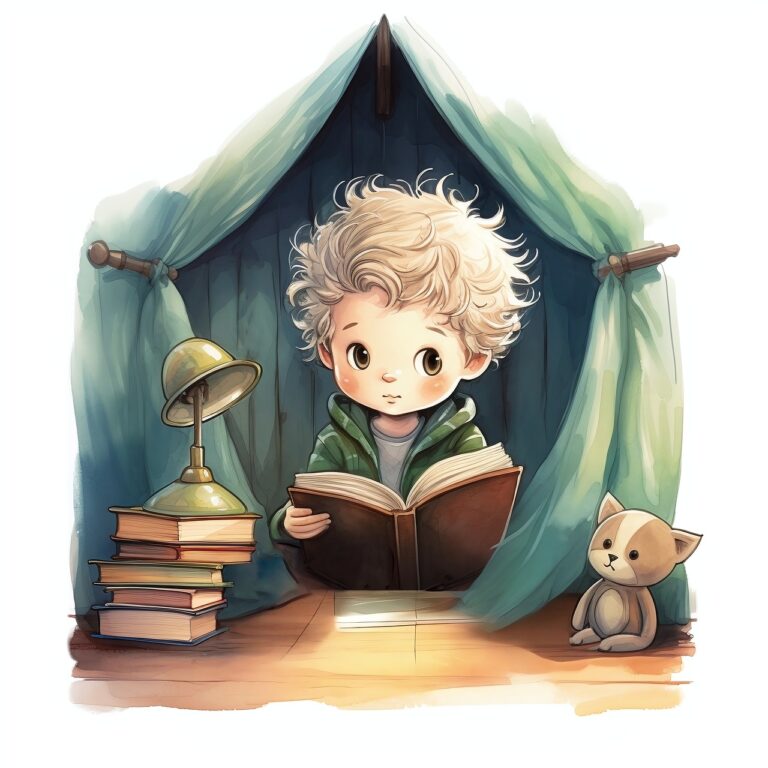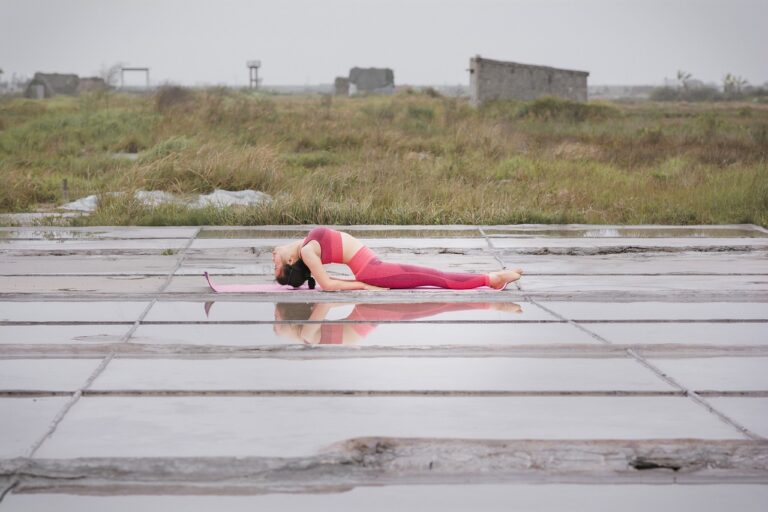The Value of Liberal Arts Education in a Tech-Driven World
In today’s rapidly evolving digital landscape, the fusion of technology and liberal arts has become increasingly prevalent. This integration brings together the analytical and problem-solving skills fostered by technology with the creativity and critical thinking honed in liberal arts disciplines. The result is a dynamic synergy that not only drives innovation but also addresses complex societal challenges in a holistic manner.
By marrying technology with liberal arts, individuals are equipped with a well-rounded skill set that transcends traditional boundaries. This unique blend cultivates a capacity to approach problems from multiple perspectives, encouraging nuanced thinking and adaptability in an ever-changing world. As industries become more interconnected and globalized, the ability to navigate diverse fields and understand the broader impact of technology on society is paramount.
By integrating technology and liberal arts, individuals can harness the power of both disciplines to drive innovation and address complex societal challenges.
The fusion of analytical skills from technology with critical thinking from liberal arts creates a well-rounded skill set that transcends traditional boundaries.
This unique blend encourages nuanced thinking and adaptability in an ever-changing world, preparing individuals to navigate diverse fields and understand the broader impact of technology on society.
Emphasis on Critical Thinking Skills
Critical thinking skills are considered fundamental in today’s rapidly evolving world. The ability to analyze information critically, evaluate arguments, and solve problems is essential in almost every aspect of life. By honing these skills, individuals can make informed decisions, think more creatively, and adapt to changing circumstances with ease.
In educational settings, fostering critical thinking skills is crucial for preparing students to navigate the complexities of the modern world. Encouraging students to question assumptions, consider multiple perspectives, and draw logical conclusions helps them become independent, thoughtful learners. Furthermore, developing a capacity for critical thinking equips individuals to engage meaningfully in discussions, evaluate the credibility of sources, and approach challenges with a strategic mindset.
Promotion of Creativity and Innovation
In today’s rapidly evolving world, the promotion of creativity and innovation has become more crucial than ever before. By nurturing a mindset that values thinking outside the box, individuals are encouraged to explore new ideas and approaches. Embracing creativity fosters a culture of innovation that can lead to groundbreaking advancements in various fields.
Encouraging individuals to push boundaries and challenge traditional norms can result in the development of innovative solutions to complex problems. By tapping into their creative potential, individuals can come up with fresh perspectives and unconventional ideas that have the potential to revolutionize industries. Cultivating a spirit of creativity and innovation not only drives progress but also inspires others to think creatively and strive for excellence.
How can technology and liberal arts intersect to promote creativity and innovation?
Technology can provide the tools and platforms for creative expression, while the liberal arts can provide the critical thinking skills and perspectives needed to innovate and create.
Why is there an emphasis on critical thinking skills in promoting creativity and innovation?
Critical thinking skills are essential for challenging assumptions, evaluating ideas, and generating new and innovative solutions to problems.
How can organizations promote creativity and innovation among their employees?
Organizations can encourage a culture of experimentation, provide resources for learning and development, and create opportunities for employees to collaborate and share ideas.
What role does diversity play in promoting creativity and innovation?
Diversity of perspectives, backgrounds, and experiences can lead to more innovative ideas and solutions, as different viewpoints can challenge and inspire creativity.
How can individuals cultivate their own creativity and innovation skills?
Individuals can engage in activities that stimulate creativity, such as brainstorming, experimenting with new ideas, and seeking out diverse perspectives and experiences.







